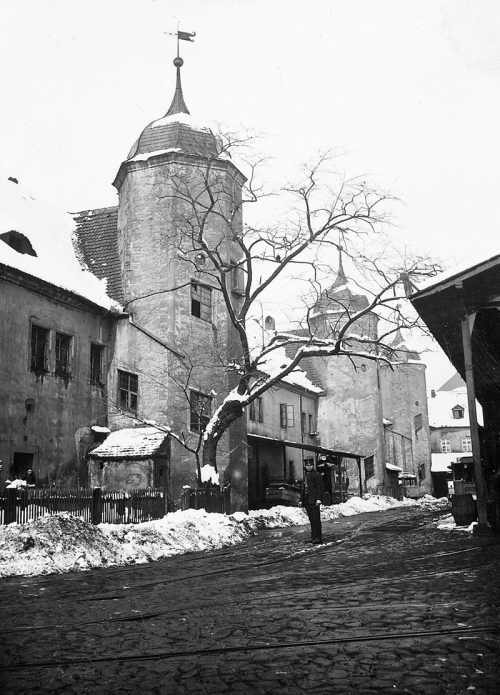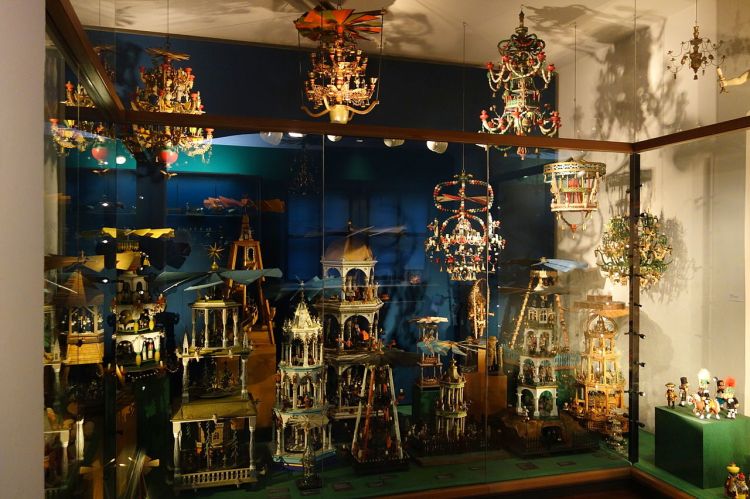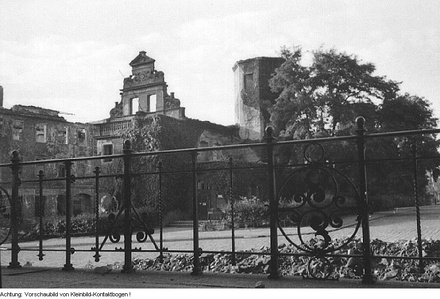You don’t have to go to Dresden to find sublime works of art by the great masters, or diamond-encrusted gold figurines that speak of the opulence of royal courts. But you do if you want to be humbled by the resourcefulness and creativity of the common people. Of all the wonderful museums and galleries in Dresden, none are as beguiling as the Museum für sächsische Volkskunst (Museum of Saxon Folk Art), and no trip to the city would be complete without a visit, especially during the festive period.
The museum was created by the German painter and folklorist Oskar Seyffert (1862-1940). In 1897 Seyffert founded the Society for Saxon folk art (Verein für Sächsische Volkskunde). He travelled around Saxony, collecting and documenting the vernacular art he found, much of which was featured in his 1905 book From the Cradle to the Grave: A Contribution to Saxon Folk Art.

In 1913 the Museum für sächsische Volkskunst opened in the Jägerhof in Dresden, for the purpose of displaying Seyffert’s collections. Before its conversion into a museum between 1911 and 1913, the three-hundred-year-old Jägerhof (hunting lodge) faced the prospect of demolition. The building, the oldest in Dresden’s Neustadt, was commissioned in 1569 by the Elector of Saxony. Prior to that the site was home to a convent that had been dissolved during the Reformation.
The artefacts that Seyffert put on display were everyday domestic objects. They included furniture, toys, clothes, jewellery, and ornaments, handmade by the inhabitants of the towns and villages of Saxony, and in particular the Erzgebirge region, a mountainous and densely coniferous region on the German-Czech border.
The Erzgebirge derives its name from the rich ore deposits it possesses, including tin, iron, silver, cobalt and uranium. These ores have been mined by the region’s inhabitants as far back as the Bronze Age. But like any community reliant on mining, periods of prosperity have alternated with periods of hardship. From the seventeenth century onward the inhabitants of the Erzgebirge made efforts to diversify away from a reliance on mining, with economic activities such as lace-making and wood-carving. The disruption caused by the Seven Years’ War (1755-1764) brought about a decisive shift from mining to wood-turning in Erzgebirge towns like Seiffen.
Many of the collection items of the Museum für Sächsische Volkskunst fall into one of two broad categories. There are the functional objects made out of necessity (though still made and decorated beautifully); items such as shoes, clothes, kitchenware, and wooden furniture. And then there are the decorative objects that reflect the lives and traditions of those that made them. These items include carved wooden toys, elaborate working models of mines and villages, and figurines such as Saxon soldiers.

The collection also includes many Christmas decorations and ornaments, including gargantuan Christmas pyramids, nutcrackers, angels and incense-smoking men. Many of the Christmas toys and ornaments that are universally popular today derive from those historically produced in the Erzgebirge.

During the Second World War most of the museum’s collections were moved out of the Jägerhof. This turned out to be a prudent move, after much of the museum was destroyed in the Allied bombing raids that took place between 13-15 February 1945. Enough of the ground floor remained intact, however, for a Christmas exhibition to be staged in the Jägerhof in December 1945.
The popularity of the museum amongst Dresdeners is reflected in the fact that it was the first of the city’s museums to reopen after the War, in 1950.
Bibliography
Rolf Kunze, Die Volkskunst des Schnitzens im Erzgebirge: Tradition, Wesen, Gestaltung (Zentrum zur Pflege Erzgebirgischer und Voigtländischer Folklore, 1982-1986)
Karl Ewald Fritzsch & Manfred Bachmann, An Illustrated History of Toys (London: Abbey Library, 1966)
Oskar Seyffert, Von der Wiege bis zum Grabe. Ein Beitrag zur sächsischen Volkskunst (Vienna: Gerlach & Wiedling, 1905). Available to read on archive.org.
“History of the Collection (Museum für Sächsische Volkskunst mit Puppentheatersammlung)“ on Staatliche Kunstsammlungen Dresden (www.skd.museum, accessed 4/11/2015)